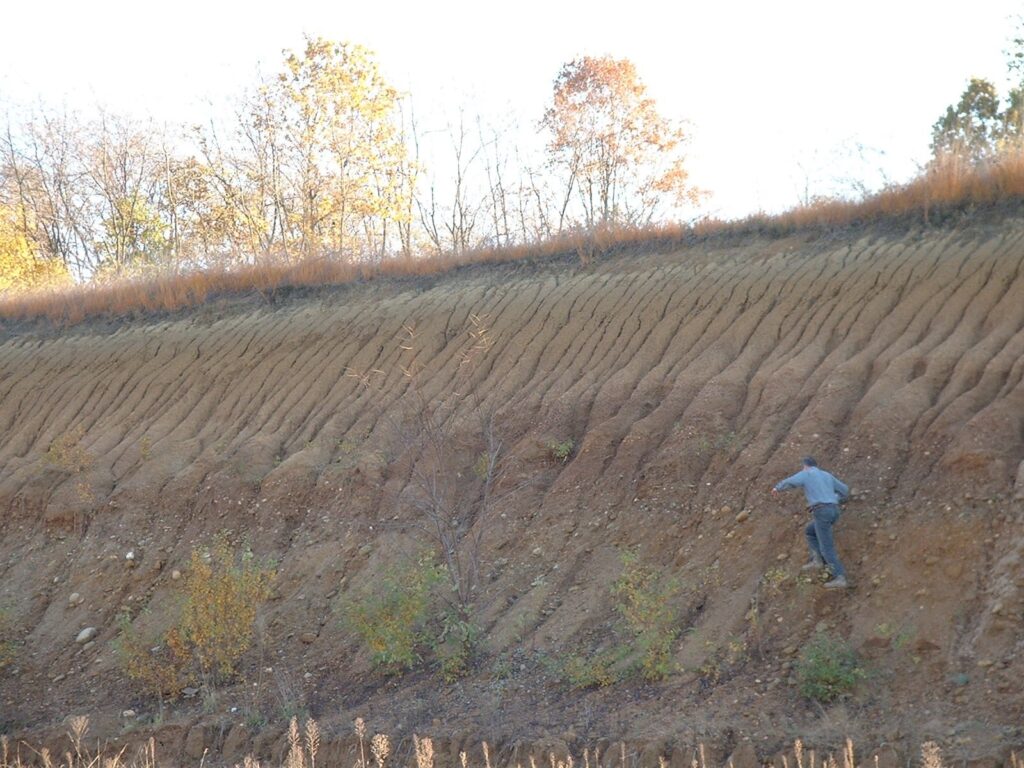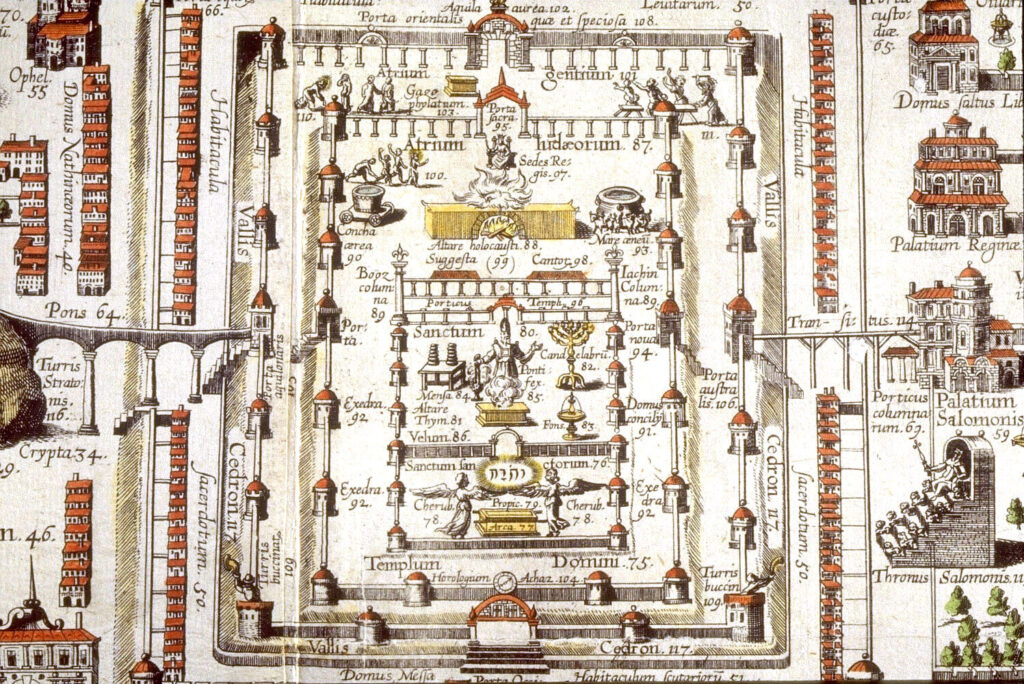In this article we are going to deal with Telluric Energy, defining its properties and variability from a mostly technical-scientific point of view, but also showing particular consideration for that kind of “borderline disciplines” which allow to go beyond known reality: we are thus overstepping the bounds of the rationalism and positivism that is typical of scientific thought.

First we can define Telluric Energy as the local outcome of Earth’s magnetic field variation and of the radiations due to alteration in subsurface matter, depending on the various features of telluric mass and on its irregularity (water, fault, magma, different composition of rocks, and so on).
The telluric magnetic field has its origin within the internal structure of the Earth and, more specifically, it is due to an inner metallic core and to the convection currents which cross its more external fluid wrapping. It is not constant but it varies cyclically in both space and time (mostly influenced by the movement of the moon and by the sun) and its irregularity is related to the great heterogeneity of subsurface.
A good number of disciplines deal with different aspects of Telluric Energy. Geology, geo-technology, mining engineering, pedology, some branches of biology and natural science have a strong technical and scientific background, whereas others put their focus on subtile dimensions, which concern the very essence of life: the so-called weak fields generated by the vibration of moving matter.

Branches of learning as geobiology, radiesthesia and dowsing belong to this last category, having its origin in the ancient times of archaic systems of knowledge as Celtic, Egyptien, and Chinese.
A very useful way to understand Telluric Energy is to get personally in touch with it, and this is possible either with a spontaneous approach or according with the principles of the disciplines attending to this subject. A help for such a comprehension may also come from physical practices as Yoga and Tai Qi, which bring to feel and experience vital energy (Prana or Qi) .
Telluric Energy coming from sacred sites, as the Celtic ones, consists mainly of energetic lines located under the monumental alignments which our ancestors expressly built over the so-called primary water, that is water flowing from the bowels of the earth.
In many places of the Earth you can identify power centers, situated at the confluence between the yin energies of the waters (springs and hollows) and the yang energies (straight lines, 2-3m wide, called ‘energy leys’)
The Energy coming from a particular center of power is generated by a meeting between a minimum quantity of a water spring and an ‘energy ley’: the intensity of the energetic field varies in time, depending on the position of the moon, of the sun, and to a less extent of the other planets and stars; it daily reaches two heights, one at dawn and the other at sunset (twilight zone).
Many temples and sacred sites are related to specific times of the year: Stonehenge to Summer Solstice, Newgrange to Winter Solstice, Solomon’s Temple to the equinoctial line; but also the in-between times (the beginning of november, february, may and august) can determine peculiar energetic patterns in sacred sites.

But as well as taking in consideration specific energetic patterns related to specific sites, we are also interested in ‘geomantic paths’, a sort of fast lanes that are able to exchange energy among very far places on Earth. The first geomantic path we are going to study is Saint Michael’s line: it links some very important Celtic sites in England and it is connected with France and Italy too.